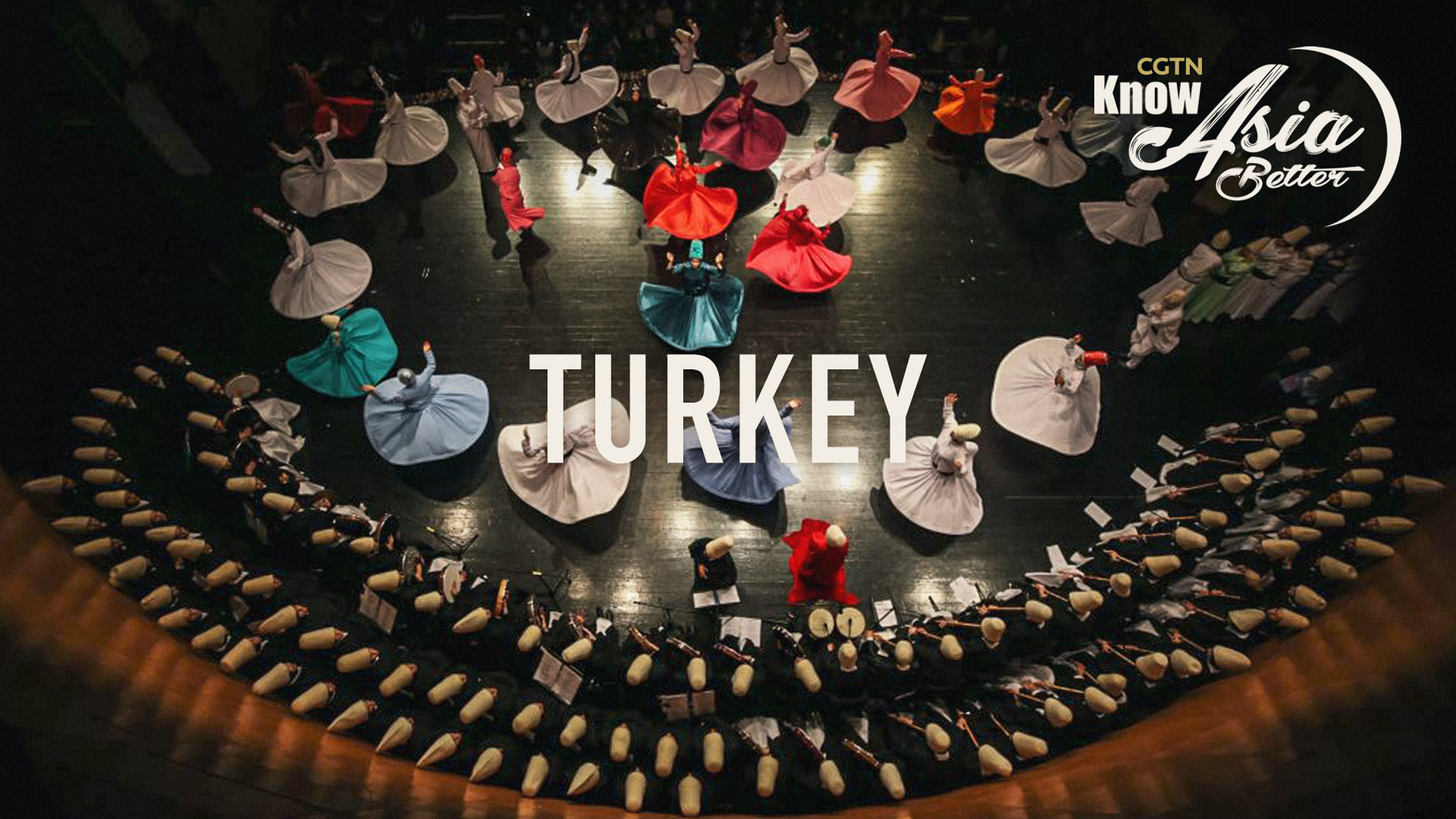The whirling dance in Turkey is part of the religious ceremony "Sema" of the Mevlevi Order. Originating in the 13th century in the city of Konya, the order is a sect of Sufism, which pursues spiritual perfection and worship of God.
Before the whirling starts, the dervishes have their arms crossed in front of them, a gesture representing the unity of God.
During whirling, they open their arms, right hands towards the sky and left hands to the earth, symbolizing God's beneficence from heaven and giving of love to all people. The whirling is based on the left foot of the dervish, while the right foot gives impetus to the rotation in 360-degree steps.
The whirling is a form of meditation for the dervishes. It's believed that in this way, people can abandon their personal desires and egos, get closer to God, and achieve spiritual perfection.
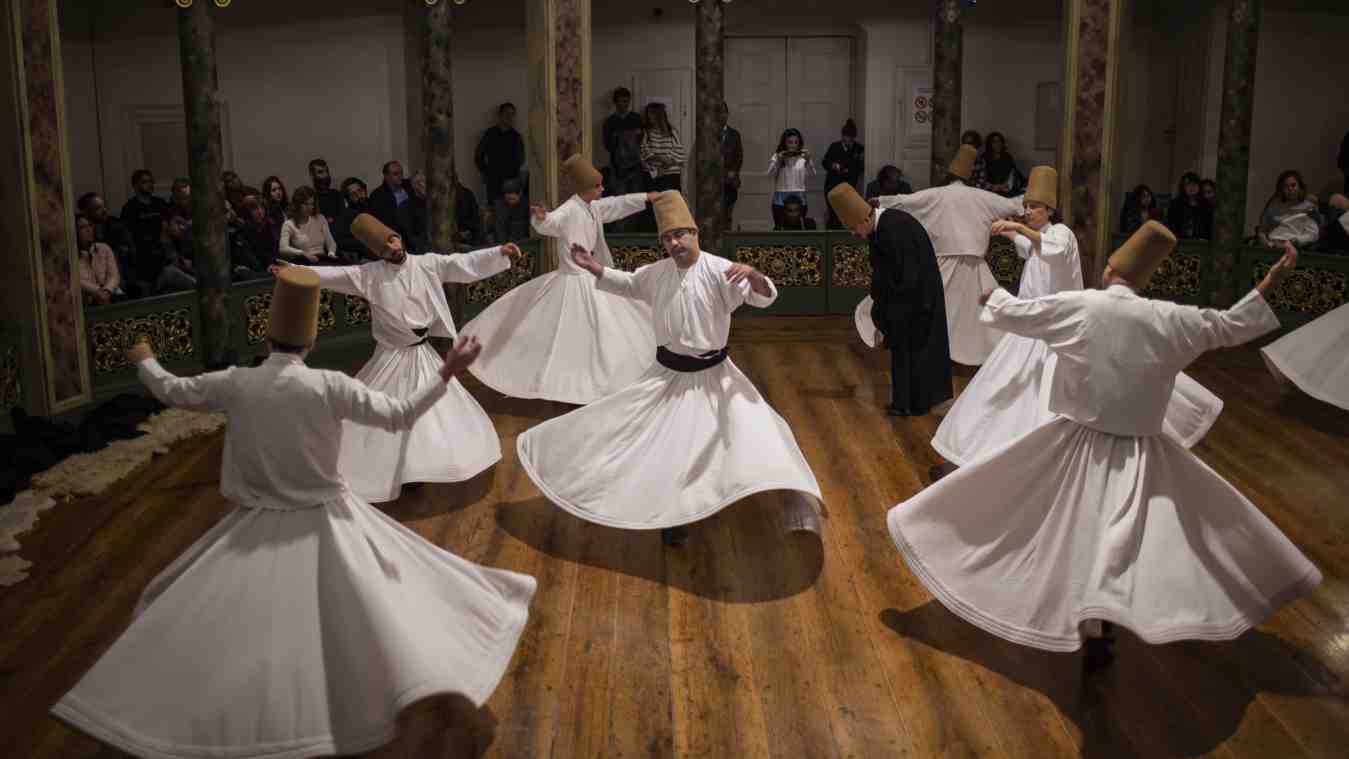
Whirling dervishes perform during a ceremony marking the aniversary of the death of Jelaleddin Mevlana Rumi, Sufi mystic, poet and founder of the Sufism in Istanbul, December 16, 2018. /VCG Photo
Whirling dervishes perform during a ceremony marking the aniversary of the death of Jelaleddin Mevlana Rumi, Sufi mystic, poet and founder of the Sufism in Istanbul, December 16, 2018. /VCG Photo
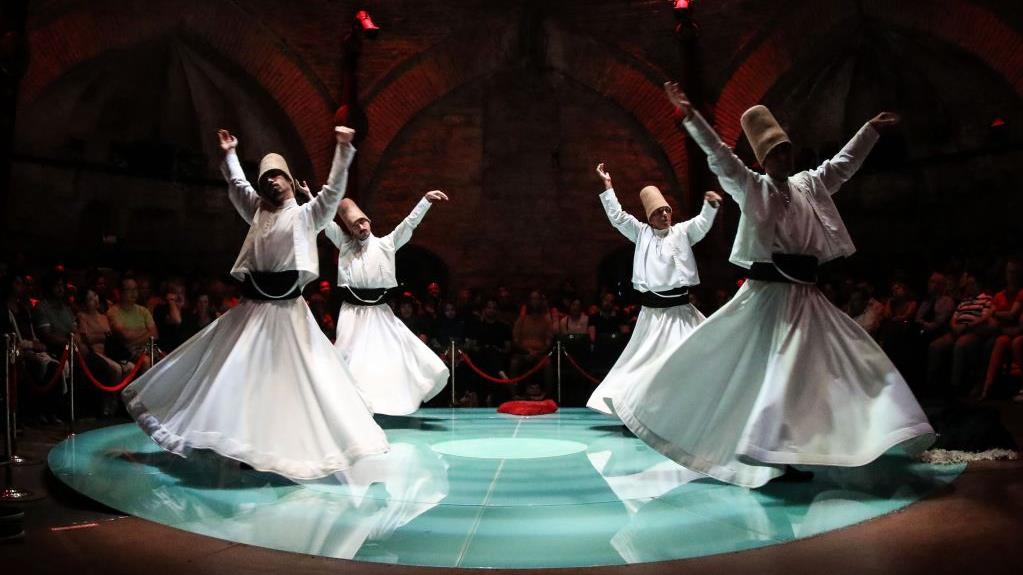
Whirling dervishes perform as a maulawi culture exhibition is displayed at Hodjapasha Art and Cultural Center located in a 15th-century bath-house in Istanbul, July 26, 2018. /VCG Photo
Whirling dervishes perform as a maulawi culture exhibition is displayed at Hodjapasha Art and Cultural Center located in a 15th-century bath-house in Istanbul, July 26, 2018. /VCG Photo
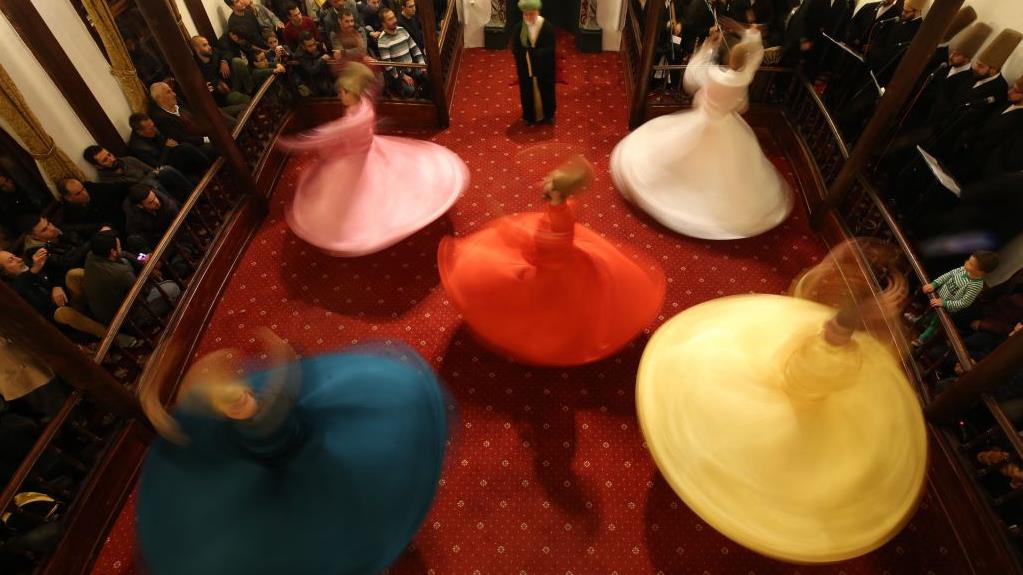
Whirling dervishes perform during a religious ceremony in Bursa, Turkey, November 19, 2018. /VCG Photo
Whirling dervishes perform during a religious ceremony in Bursa, Turkey, November 19, 2018. /VCG Photo
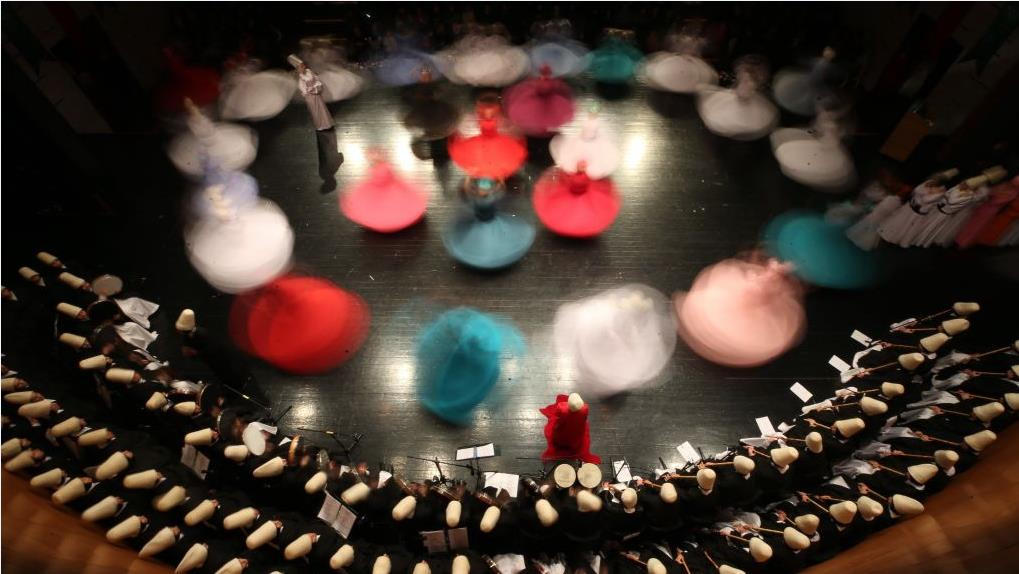
Female whirling dervishes perform during a ceremony in Bursa, Turkey, December 22, 2018. /VCG Photo
Female whirling dervishes perform during a ceremony in Bursa, Turkey, December 22, 2018. /VCG Photo
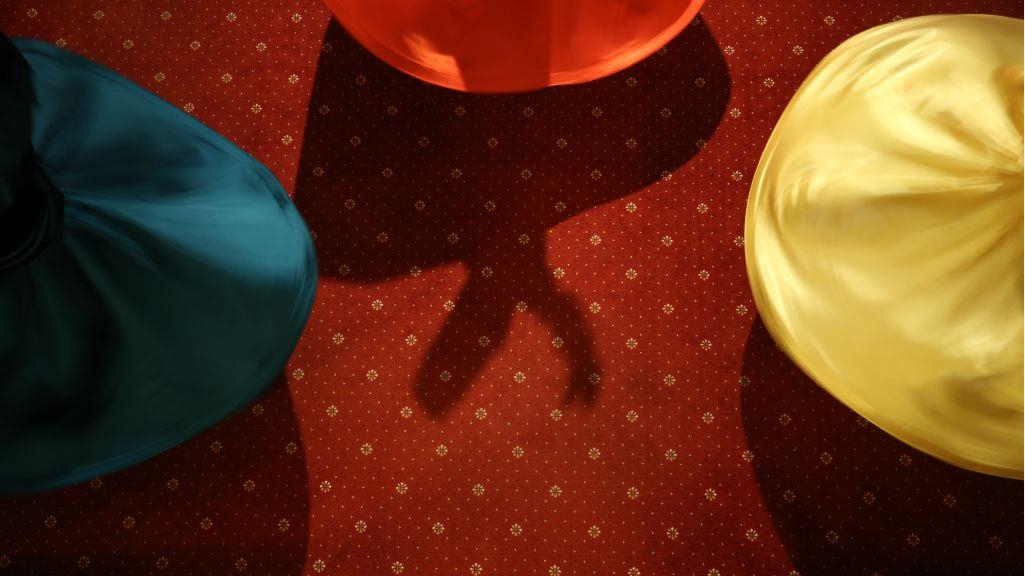
Whirling dervishes perform during a ceremony in Bursa, Turkey, November 19, 2018. /VCG Photo
Whirling dervishes perform during a ceremony in Bursa, Turkey, November 19, 2018. /VCG Photo
The dressings of the dervishes also have their own meanings. The tall brown hat represents a tombstone of the body, while the long white skirt stands for the ego's shroud.
Together with the whirlers are usually a group of musicians, including singers, flute-players, kettledrummers and cymbal players. Traditionally, the dancers need to be trained for 1,001 days in Mevlevi houses to learn not only dancing skills but also ethics and behavior norms.
The "Mevlevi Sema ceremony" was inscribed in the UNESCO Representative List of the Intangible Cultural Heritage of Humanity in 2008.
What are the cultural elements that best represent Asia? Follow CGTN's "Know Asia Better" series to enjoy a glimpse of 47 Asian countries through architecture, art and cultural figures highlighting a diverse Asia that you may not have noticed before.

